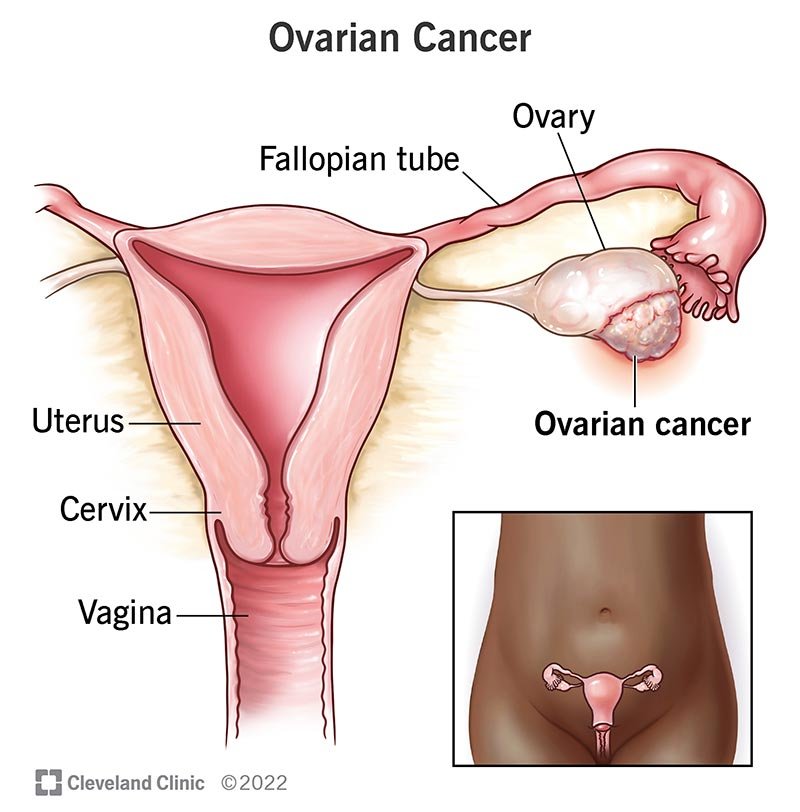
Let’s understand what we should know about ovarian cancer
Ovarian cancer is a type of cancer that starts in the ovaries, which are small glands located on either side of the uterus and responsible for producing eggs and hormones such as estrogen and progesterone.
Before cancer develops, the cells in the ovaries can undergo changes known as dysplasia. Dysplasia is an early sign of cancer, and if it is not detected and treated promptly, these abnormal cells can continue to grow and multiply, eventually forming cancerous tumors.
The primary cause of these changes in the prostate is prolonged exposure to harmful factors, most notably age, family history of prostate cancer, and certain genetic conditions. Other factors such as a high-fat diet, lack of physical activity, obesity, and exposure to environmental toxins may also contribute to these changes. While the prostate has mechanisms to repair damage, persistent exposure to these risks can lead to dysplasia that may progress to cancer if left untreated.
Therefore, it is important to detect dysplasia or abnormal changes in the prostate early. To help with this, we have outlined several aspects that can help you recognize potential risk factors or symptoms, such as difficulty urinating, blood in the urine or semen, pain in the pelvic area, or unexplained weight loss. Being aware of these aspects and seeking early detection through screenings such as the PSA test or digital rectal exam can greatly improve the chances of successful treatment for prostate cancer.
Early detection of Prostate cancer

